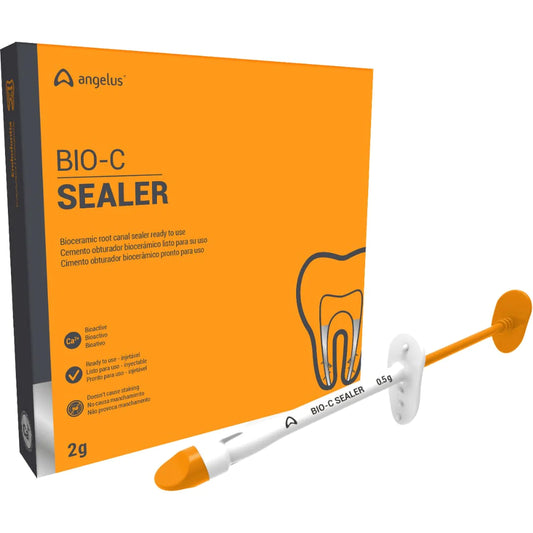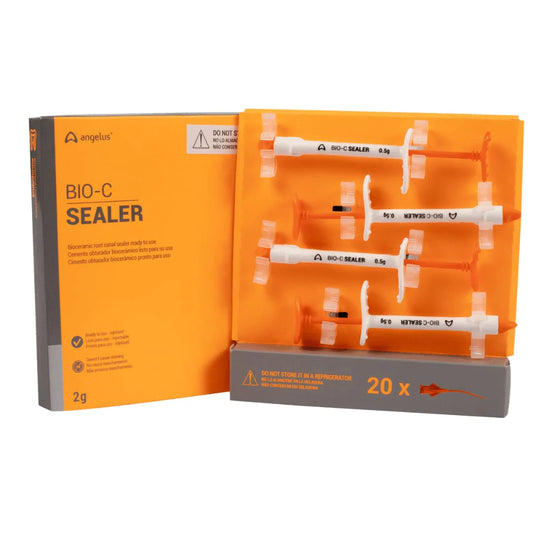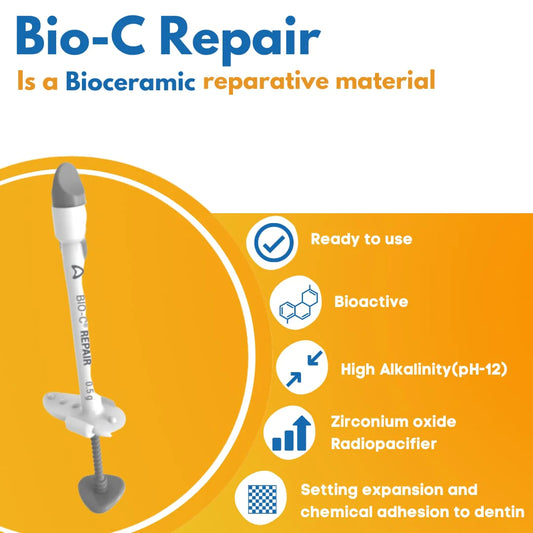An Expert's Guide to Dental Matrix Band Placement and Application

A dental matrix band is a thin, flexible strip of metal or plastic used in restorative dentistry to create a temporary wall around a tooth being filled or restored. The matrix band is placed around the tooth to form a tight seal, which helps to create a properly contoured surface for the filling material. Often referred to as a "matrix system," it is commonly employed to place composite resin or amalgam fillings.
A dental matrix band is a crucial tool in restorative dentistry that helps to create a tight seal around a tooth being restored. Proper placement and application of the matrix band are critical to achieving a well-contoured, properly functioning restoration. This article will discuss an expert's guide to dental matrix band placement and application.
- Choose the right size and shape of the matrix band: Selecting the appropriate size and shape of the matrix band is the first step toward successful placement. The matrix band should be large enough to extend beyond the margin of the cavity preparation, and the shape should match the contour of the tooth being restored. Matrix bands are available in different sizes and shapes, including universal, premolar, and molar bands.
- Prepare the tooth: Before placing the matrix band, the tooth should be cleaned, dried, and isolated from saliva and moisture. The use of a rubber dam or cotton rolls is recommended to achieve adequate isolation.
- Place the matrix band: The matrix band should be placed around the tooth, with the wider end of the band facing toward the occlusal surface. The band should be positioned so that it extends beyond the margin of the cavity preparation. The band should be held in place using a matrix retainer or a wooden wedge.
- Adapt the matrix band: The matrix band should be adapted tightly against the tooth using a matrix band holder or a burnisher. This step is crucial to achieving a well-contoured restoration. The band should be burnished against the tooth in a vertical direction, starting at the gingival margin and moving toward the occlusal surface.
- Check for proper adaptation: After adapting the matrix band, check for any gaps between the band and the tooth. If there are any gaps, the band should be repositioned or adjusted until a tight seal is achieved. Proper adaptation is critical to prevent overhangs and underfills in the restoration.
- Place the filling material: Once the matrix band is in place and properly adapted, the filling material can be placed. The material should be inserted incrementally, using appropriate instruments to condense and shape the material. The matrix band should remain in place until the filling material has been set.
- Remove the matrix band: Once the filling material has been set, the matrix band can be removed. The band should be carefully loosened from the tooth, and the matrix retainer or wooden wedge should be removed. Any excess material or flash should be removed using appropriate instruments.
In conclusion, there is a critical need for a matrix band in dentistry, but proper placement and application are critical to achieving a well-contoured, properly functioning restoration. By following these steps, dentists can achieve predictable and aesthetic restorations that meet their patient's needs.








